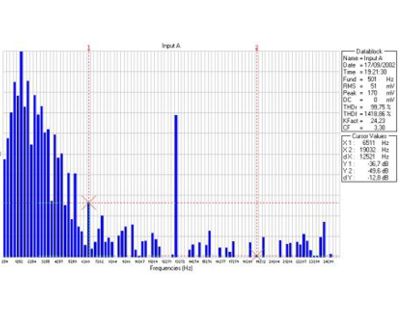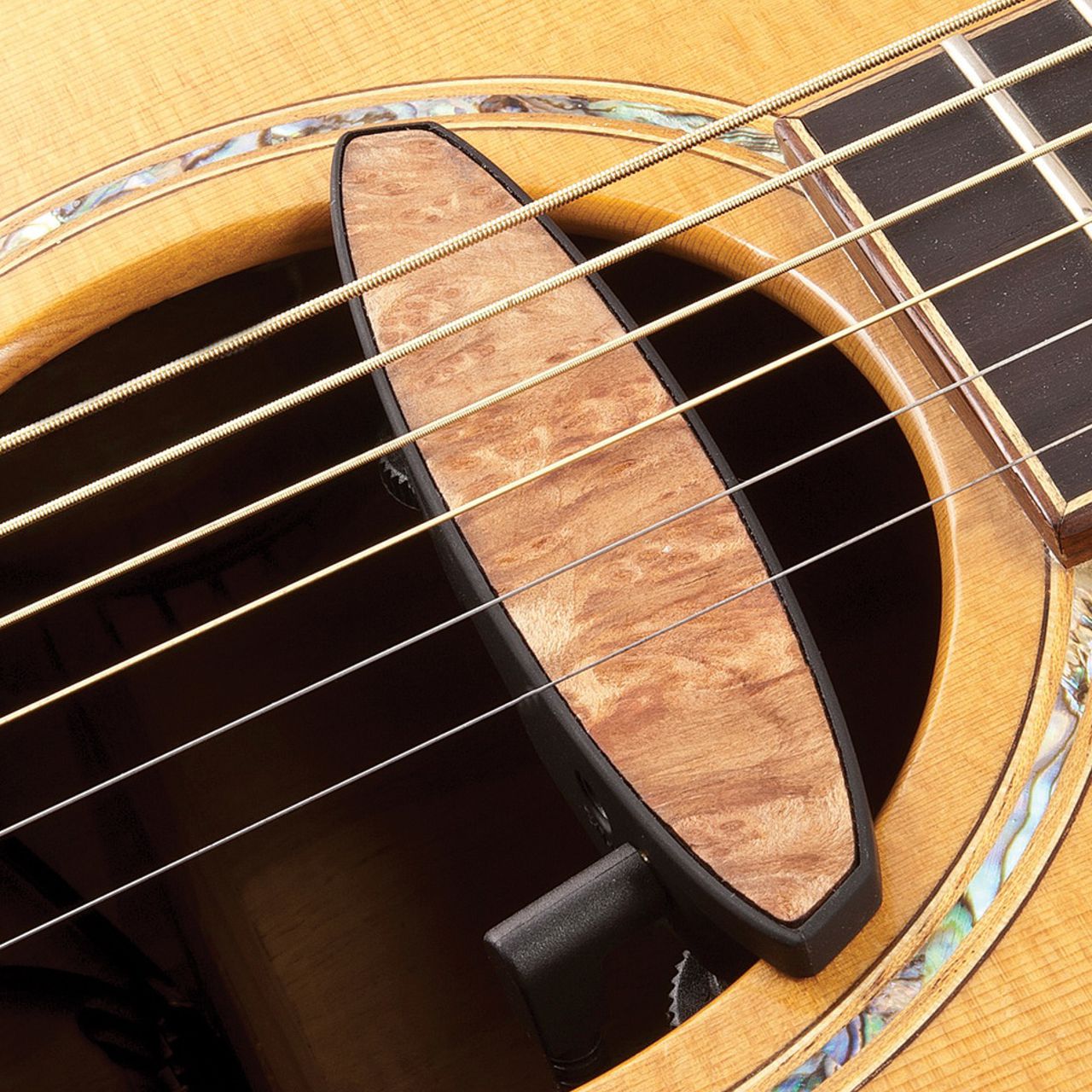 1. INTRODUCTION
1. INTRODUCTION
It is now around 30 years since the subject of the audibility of the effect of different loudspeaker cables became a vogue topic. Nevertheless, despite the specialist loudspeaker cable industry now having achieved a considerable size, world-wide, the controvertiality of the subject has still not been resolved. We read from John Watkinson, a well-known commentator on the subject “I have never detected a difference in sound whatever way the cable is facing.” “I always fit arrowed cables backwards, and wait for someone to point out my error.” At the other end of the scale we read from
Ben Duncan that, in effect, many of the hard-line objectivists, instead of doing their detective work, seem to prefer to deny that a crime ever existed. In other words, rather than finding out why cables can make a difference, they imply that if there is no measurable difference, then there is no difference to be heard.
Three of the authors of this paper, as well as having decades of experience in acoustics and electro-acoustics, have all also had many years of experience as recording engineers. All are also convinced that they have heard differences between different loudspeaker cables to the extent that
one could be deemed to be sonically superior to the other, although the effects have usually been subtle. However, as this work has usually been carried out on nominally professional equipment, rather than esoteric hi-fi equipment, perhaps the more generally robust engineering has led to less obvious degrees of difference than are often discussed in the hi-fi media. The following series of tests was therefore undertaken in order to try to establish some definitive and repeatable experiments, to show whether significant, noticeable differences do exist, and if so, precisely where the effects are taking place which lead to those differences.
To read the full article please click here



